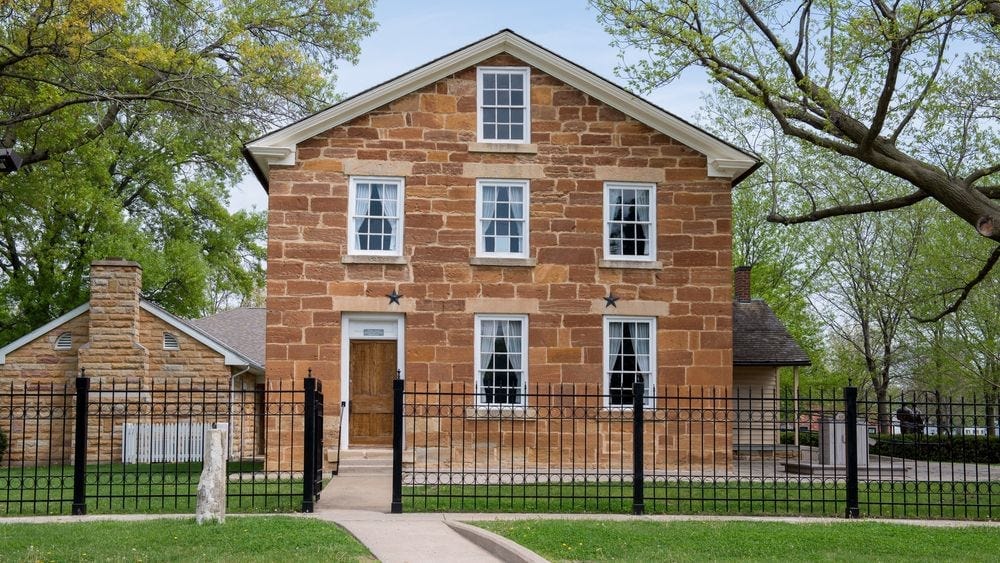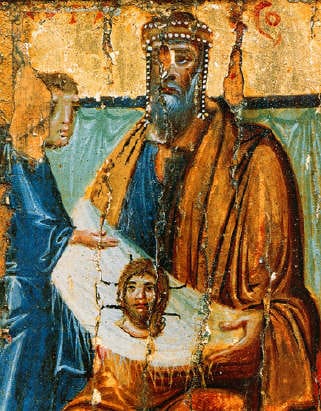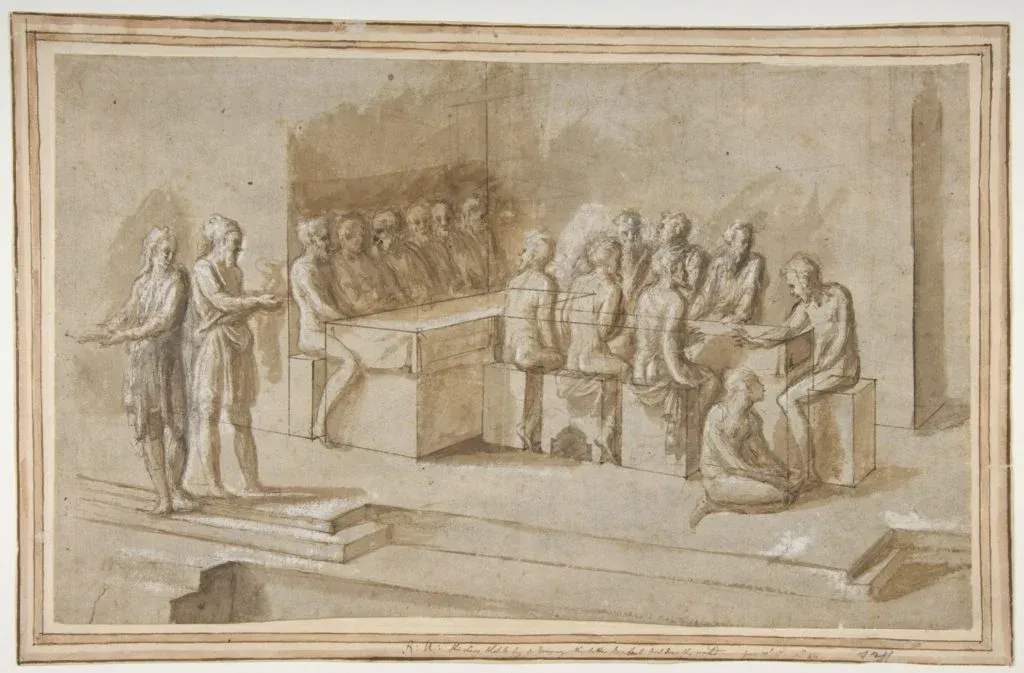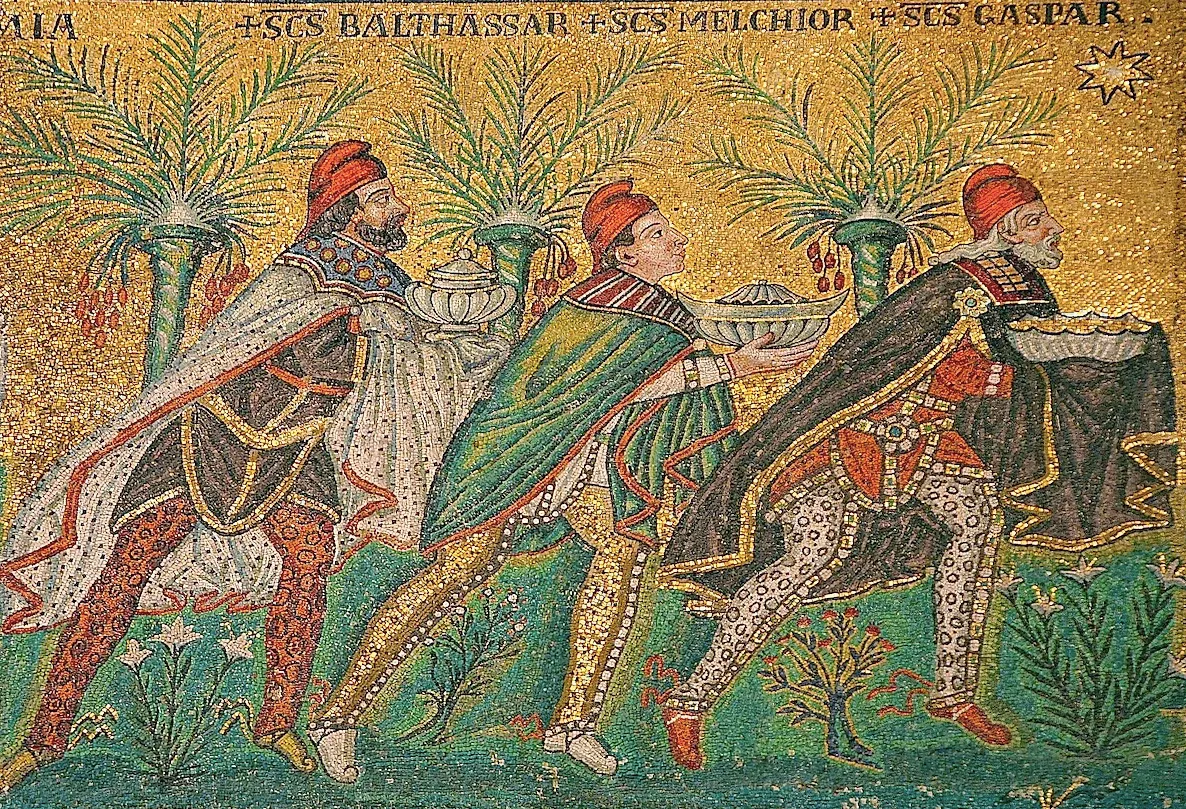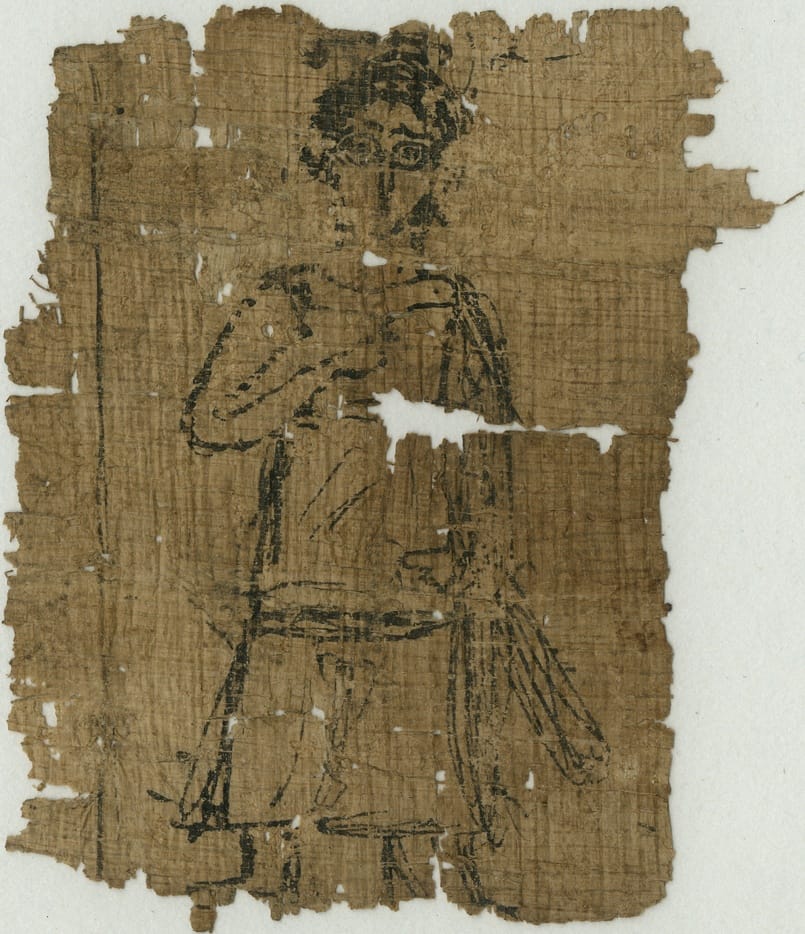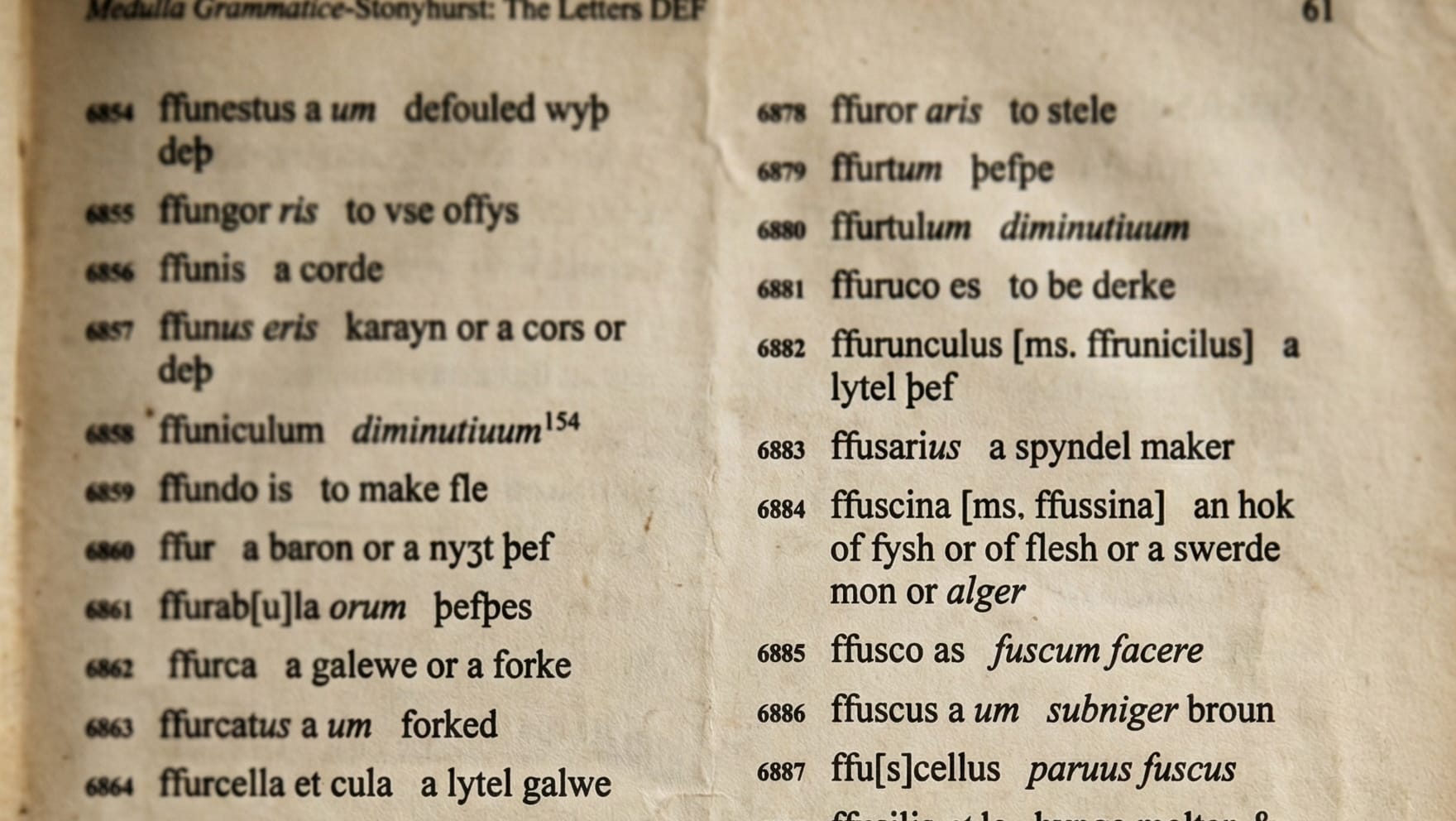
Pronouncing “Fanny Alger”
Barring the discovery of a stronger direct source indicating an alternative, historians should not need a signal pronunciation to serve as a shibboleth for technical versus amateur understanding of her life or of early Mormon history.
